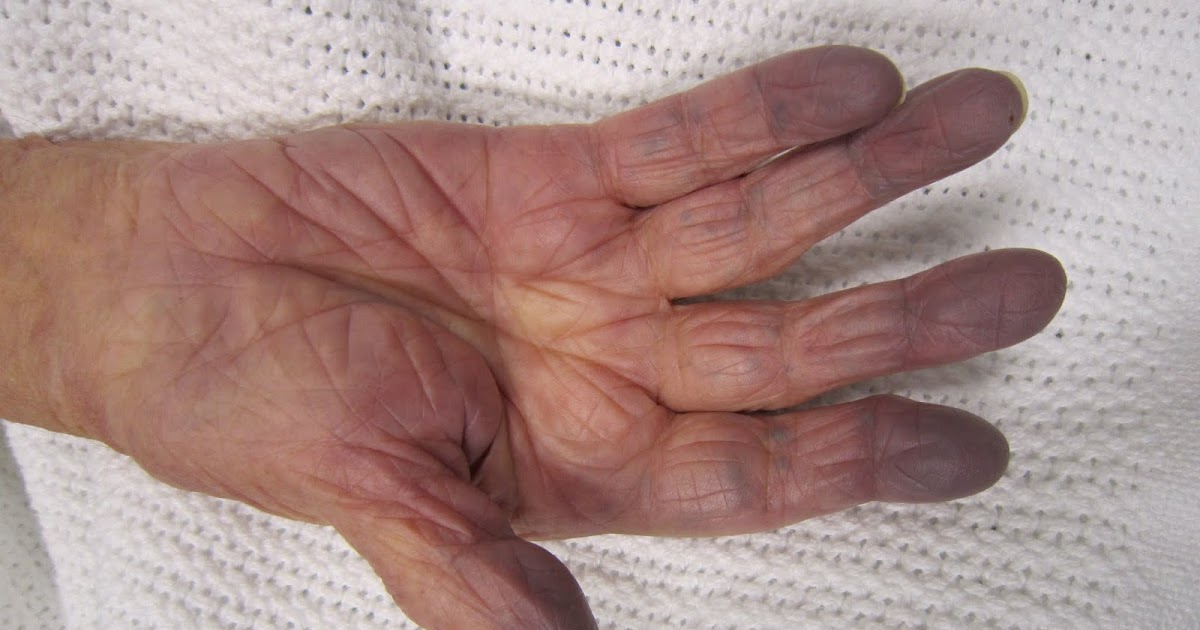What Are The Symptoms And Complications Of Transposition Of The Great Arteries?
Transposition of the great arteries (TGA) is a rare and serious congenital heart defect. In this condition, the two main arteries that leave the individual's heart are transposed or reversed. TGA is typically identified before birth or within the first several weeks of an infant's life. In a healthy individual, the pulmonary artery that blood takes from the heart to pick up oxygen from the lungs is attached to the right ventricle. The oxygenated blood returns to the heart and flows through the left atrium and left ventricle, and from there, the oxygenated blood flows through the aorta to tissues around the body. When transposition of the great arteries is present, however, the aorta connects to the right ventricle, and the pulmonary artery connects to the left ventricle. This arrangement causes the oxygen-poor blood to flow into the right atria, through the right ventricle, into the aorta, and back to the body's tissues. The blood never reaches the lungs to pick up oxygen, so oxygen-poor blood continuously circulates throughout the body.
Get to know the major symptoms and complications linked to transposition of the great arteries now.
Lack Of Appetite And Poor Weight Gain

Infants affected by TGA often exhibit a lack of appetite and poor weight gain as a manifestation of their heart defect. The tissues around the infant's body do not receive enough oxygen to function normally as a result of their condition. The infant's body responds to this oxygen shortage by making the heart beat faster to help compensate. The inefficient pumping of the heart and the high rate of pumping causes the infant's metabolism to be faster than normal. Often times, infants affected by transposition of the great arteries will appear to have little to no appetite because their body simply does not have enough energy leftover to eat or feed properly. The infant will not gain weight at a regular rate because their body is burning off more calories than it is consuming. In order for the infant to properly gain weight, more calories than normal would have to be consumed to provide both the struggling heart and other tissues with enough energy to simultaneously carry out their functions.
Uncover more details on complications and symptoms of transposition of the great arteries now.
Cyanosis

Cyanosis is a condition best described as a blue coloring of the lips, nail beds, and skin due to a shortage of oxygen in the affected individual's blood. The defective anatomy of the heart in these patients causes the blood to flow into the heart and back out without picking up oxygen from the lungs. The oxygen-poor blood is pumped back out to the tissues around the body. The higher amount of oxygen-poor blood in circulation around the body of TGA patients may be able to be prominently seen through their skin. This abnormal coloring occurs because when the hemoglobin contains oxygen, it takes on a bright red color. However, when the hemoglobin doesn’t contain oxygen, it turns a dark red. Infants with TGA will exhibit a blue coloring of the skin and mucous membranes because light reflects off of the dark red, oxygen-poor blood through the skin differently than it does with the bright red oxygenated blood. Transposition of the great arteries is considered to be a cyanotic congenital heart defect because it often manifests as cyanosis.
Continue to reveal more transposition of the great arteries symptoms and complications now.
Shortness Of Breath

Individuals affected by shortness of breath (dyspnea) have described the sensation as an inability to breathe deeply enough or fast enough. Infants with TGA often present with dyspnea because of their poor heart function. Because the blood enters and exits the heart without picking up any oxygen, the tissues in the body cannot function the way they should. The brain senses the tissues around the body are not receiving enough oxygen, and it activates a response to that. The body's response involves an increase in the heart rate and an increase in breathing rate. Inhalation of greater amounts of oxygen at a faster pace should be able to oxygenate the blood more efficiently, compensating for the oxygen shortage the brain has sensed. However, this mechanism is not successful for improving oxygen levels in the blood of transposition of the great arteries patients because of the defective anatomy of their heart. Nonetheless, the brain does not understand this and activates the natural mechanism anyway.
Learn more about transposition of the great arteries and its symptoms and complications now.
Heart Failure

Heart failure is a fatal complication of TGA that may occur regardless of treatment or correction of the defect. Because the aorta is connected to the right ventricle rather than the left, the right ventricle takes on the workload the left ventricle was designed to take on. Specific characteristics of the left ventricle allow it to pump with enough force to send blood to all parts of the body, where the right ventricle has different characteristics geared toward pumping blood into the lungs properly. Essentially, the left ventricle pumps with higher velocity than the right ventricle does. Because the right ventricle has to take on the function of the left ventricle in TGA patients, it is more prone to structural changes that can lead to right ventricle failure and eventually heart failure. Some cases of transposition of the great arteries may inflict harsh effects on the valve between the right atrium and the right ventricle called the tricuspid valve. This valve can become damaged from the increased workload it has to take on in individuals with TGA. When surgery is utilized to switch the aorta and pulmonary artery to their correct positions, the damage of the tricuspid valve can cause tricuspid valve failure. Over time, heart failure can result from tricuspid valve failure.
Discover additional symptoms and complications of transposition of the great arteries now.
Hypoxia

Hypoxia is a dangerous complication of TGA where the brain becomes deprived of its supply of oxygen. While hypoxia can be caused by a number of different factors that stop oxygen from reaching the brain, hypoxia in transposition of the great arteries occurs because the blood has little to no oxygen in it. Most individuals affected by this condition will exhibit chronic hypoxia, which causes cumulative damage to the tissues of the brain, liver, and heart. Each type of cell around the body has a preset amount of time it can go without sufficient oxygen supply before cell apoptosis or cellular death occurs. Each type of tissue around the body has different thresholds and characteristics that determine the amount of cellular damage from hypoxia that can or cannot be repaired. When enough of the tissue that makes up an organ becomes non-functional or dies as a result of hypoxia, the organ as a whole will begin to shut down. Even if the body can repair such tissue damage, it often cannot repair it quick enough to keep the organ from failing. Surgery to move the two major arteries to their correct places in the heart can help reduce future damage to the brain and other organs from hypoxia.
